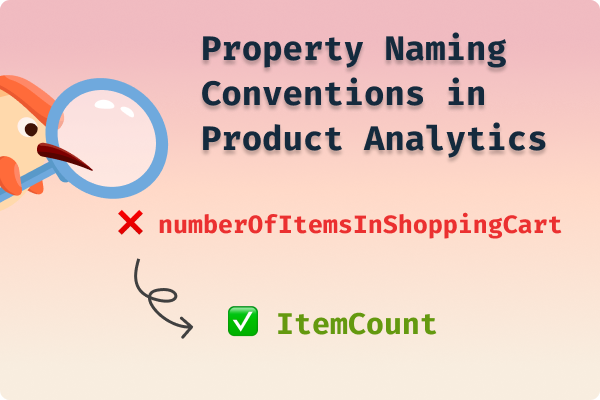In today’s data-driven world, it’s more important than ever to understand how users interact with your product. The AARRR framework—short for Acquisition, Activation, Retention, Referral, and Revenue—is a simple but powerful tool for tracking the user journey and identifying areas for optimization.
Each stage of AARRR provides unique insights into your users’ behavior, helping you fine-tune your marketing strategies, product features, and customer experience to drive growth. Let’s break down each stage of AARRR and explore what it tells you about your users.
What Are AARRR Metrics?
The AARRR framework was created to help product managers and marketers track the entire customer lifecycle. It breaks down the journey into five stages:
- Acquisition: How users discover your product.
- Activation: When users experience value for the first time.
- Retention: How well you keep users engaged.
- Referral: How users advocate for your product.
- Revenue: How you monetize users.
By focusing on these five key stages, you gain a comprehensive understanding of what works and where users drop off.
Acquisition – Attracting Users
Acquisition is the first stage of the AARRR funnel and is all about getting users to find your product. This could be through paid ads, social media, organic search, or direct traffic.
What It Tells You: Acquisition metrics tell you where users are coming from and how effectively you’re attracting your target audience. If you have high traffic but low activation, it may indicate a mismatch between the promise of your marketing and the actual product experience.
Metrics to Track:
- Website traffic
- Cost per acquisition (CPA)
- Click-through rates (CTR)
How to Optimize: Identify your most effective channels and double down on them. Consider optimizing content for SEO or running targeted paid campaigns to improve traffic quality.
Activation – Engaging Users
Activation refers to the point where users first experience the value of your product, whether that’s signing up for a free trial, creating an account, or using key features.
What It Tells You: Activation metrics show you whether users find your product valuable from the start. Low activation rates may suggest issues with your onboarding process or product positioning.
Metrics to Track:
- Sign-up rates
- Onboarding completion
- First-time feature usage
How to Optimize: Simplify your sign-up process and reduce friction for new users. Offer tutorials, guides, or walkthroughs to help users get to the “aha” moment faster.
Retention – Keeping Users Coming Back
Retention is one of the most important stages, as it measures how well you’re able to keep users engaged with your product over time.
What It Tells You: Retention metrics indicate how valuable users find your product in the long term. High churn rates can signal dissatisfaction or confusion with the product’s features.
Metrics to Track:
- Churn rate
- Daily/Monthly Active Users (DAU/MAU)
- Repeat usage
How to Optimize: Send targeted email campaigns, offer personalized recommendations, or provide incentives for returning users to keep engagement high.
Referral – Encouraging Users to Advocate
The Referral stage is where users start recommending your product to others. This stage helps drive organic growth as happy users become advocates.
What It Tells You: Referral metrics reflect the satisfaction of your users. If users are referring your product, it’s a good sign that they find significant value.
Metrics to Track:
- Net Promoter Score (NPS)
- Referral traffic
- Social shares
How to Optimize: Build a referral program that rewards users for recommending your product. Encourage reviews, social shares, and testimonials.
Revenue – Monetizing Users
The final stage in the AARRR funnel is Revenue, where users become paying customers. At this stage, you need to focus on converting users into revenue-generating customers.
What It Tells You: Revenue metrics show how well you’re able to monetize your product. It can also help you understand the lifetime value (LTV) of your users.
Metrics to Track:
- Customer lifetime value (CLTV)
- Average order value (AOV)
- Conversion rates
How to Optimize: Improve your pricing strategies, offer upsell opportunities, and optimize your checkout flow to reduce cart abandonment.
Case Study: Improving AARRR Metrics to Drive Growth
[Insert a case study of a company that used AARRR metrics to identify issues and improve their user funnel. Highlight the strategies they used at each stage to increase acquisition, boost retention, and drive revenue.]
Conclusion
Understanding AARRR metrics allows you to track the entire customer journey, from the moment users discover your product to the point where they become paying advocates. By analyzing and optimizing each stage, you can improve user acquisition, boost retention, and ultimately drive more revenue for your business.



.svg)















.png)




.svg)
